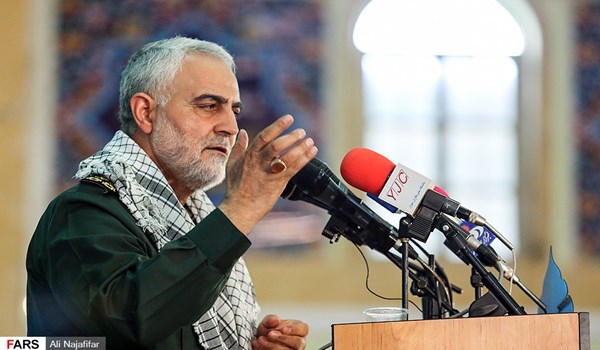Unprecedented Crackdown After Protests
By Hadi Ghaemi
What is the state of human rights in Iran in 2019? Have any new patterns emerged? Has the regime targeted any new groups or notable people?
What is the state of human rights in Iran in 2019? Have any new patterns emerged? Has the regime targeted any new groups or notable people?
On November 18, 2019, The Intercept and The New York Times published 700 pages of classified Iranian intelligence cables that illustrated the depth of Tehran’s penetration of Iraqi politics, intelligence and the military.
On November 12, President Donald Trump, like his predecessors, renewed the national emergency with respect to Iran. The emergency status was first declared on November 14, 1979, shortly after the takeover of the U.S. embassy in Tehran. The following is the full text of the White House press release and Trump’s letter to Congress.
The United States marked 40 years since the seizure of its embassy in Tehran by announcing new sanctions on Iran. “Forty years later, the revolutionary regime in Tehran has proven, time and again, that its first acts after gaining power were a clear indication of its evil character,” Secretary of State Mike Pompeo said on November 4. The Treasury Department blacklisted nine members of the supreme leader’s inner circle.
On November 4, thousands of Iranians chanted “Death to America” outside of the former U.S. embassy in Tehran. It was one of more than 1,000 rallies held across Iran to commemorate the 40th anniversary of the embassy’s seizure. In 1979, students stormed the compound to protest the Carter administration’s decision to take in the ailing former shah for medical treatment. Student leaders later said their intention was to hold the embassy for a few days, but 52 Americans ended up being held for 444 days.
On November 3, Iran’s supreme leader renewed the ban on talks with the United States. “No problem will be solved with meetings and with negotiations,” Ayatollah Ali Khamenei told students on the eve of the 40th anniversary of the takeover of the U.S. embassy in Tehran. “The same wolfish qualities which existed in those days, exist in the United States in the present time as well,” he said, recalling U.S. support for the shah. “Throughout the history of U.S.-Iran relations, the United States has always shown enmity towards Iran.”
 Iran “remains the world’s worst state sponsor of terrorism,” according to a new State Department report.
Iran “remains the world’s worst state sponsor of terrorism,” according to a new State Department report.
For almost four decades, the U.S. embassy in Iran was off-limits to visitors. Students seized the embassy on November 4, 1979 to protest the Carter administration’s decision to take in the ailing former shah for medical treatment. Student leaders later said their intention was to hold the embassy for a few days, but 52 Americans ended up being held for 444 days.
Justice: The Iranian lawyer of two French citizens detained in Tehran said prosecutors had provided no evidence of espionage or security-related charges. Roland Marchal was arrested in June while visiting his Iranian-French colleague Fariba Adelkhah, who was also detained. The attorney said the cases were still under review by the prosecutor and have not gone to trial.
As commander of Iran’s elite Qods Force, Qassem Soleimani has become one of the most powerful military leaders in the Middle East. He has reportedly masterminded major military operations, bombings and assassinations since he took over the external operations wing of the Islamic Revolutionary Guard Corps (IRGC) in 1998.
